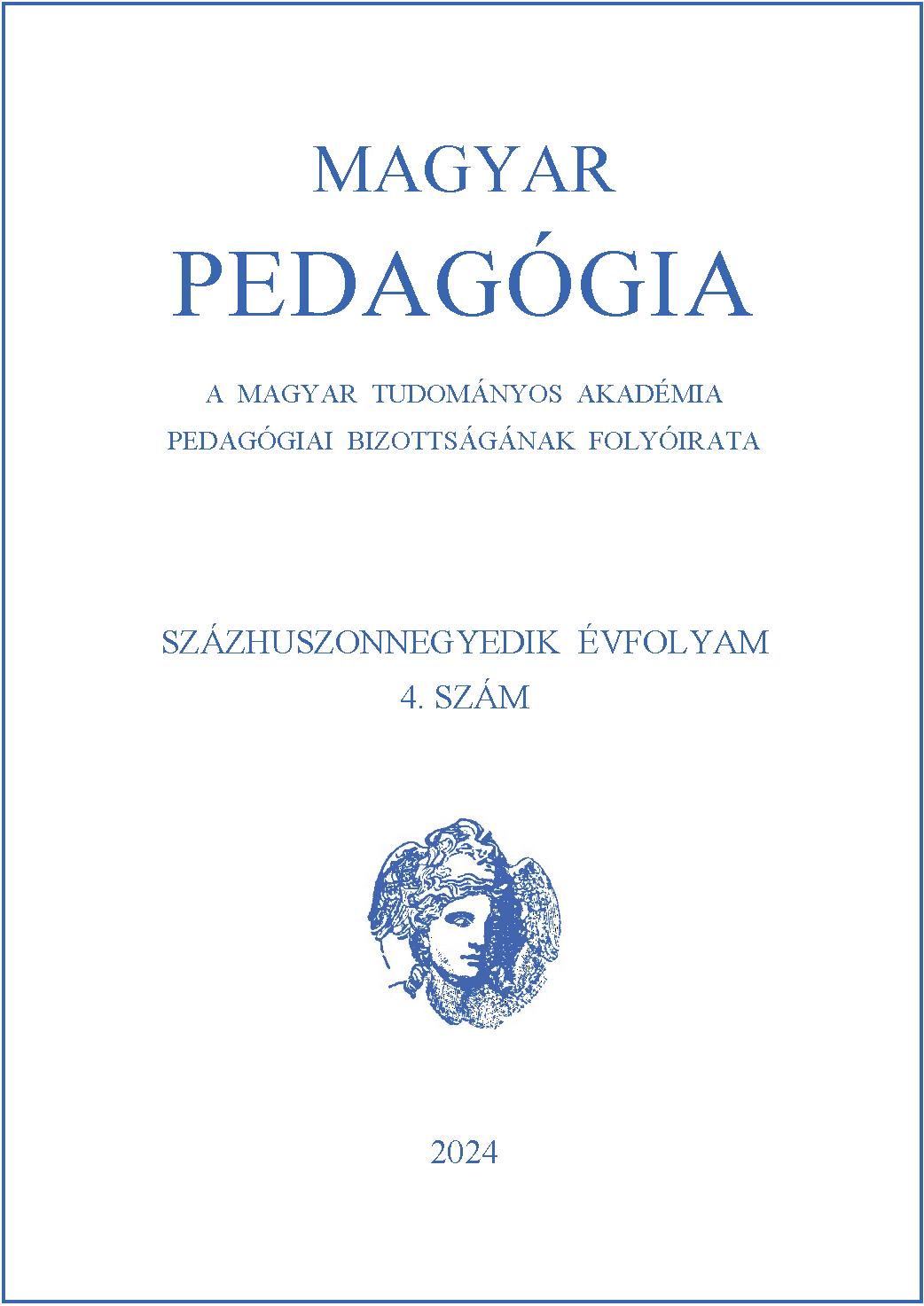The relationship between sensory disorder and ADHD and their impact on primary school studies
Main Article Content
Abstract
The aim of this literature review is to highlight the relationship between Sensory Processing Disorder (SPD) and Attention Deficit and Hyperactive Disorder (ADHD) and its comorbid disorders. Learning difficulties affect the student and his/her family in the first instance, and at the next level they affect classrooms, teachers and school life. We cannot ignore individual difficulties, because leaving school also causes difficulties at social level, both social and health-related. The problem identified provides an opportunity for improvement and to prevent further difficulties from developing. It is important to acknowledge that the difficulties of the pupils concerned are interrelated, so that their development is more effective. 64% of children with ADHD are affected by a sensory processing disorder, compared to only 5% of the unaffected population. The comorbidity of learning disabilities in ADHD is 70%. The rates of depressive and anxiety disorders are very high, reaching 50%. Research indicates that the link between sensory integration and ADHD is mediated by executive functions, more specifically inhibition and working memory. Sensory processing difficulties are also correlated withthe severity of ADHD, as well as with the comorbidity profile. Research has highlighted that Autism Spectrum Disorder (ASD) often co-occurs with ADHD, and in this case, the poorest outcome in all sensory functions except balance and movement is the most severe. Currently, the number of students with ADHD in Hungary is estimated at 70,000, so their education, care and development is a major challenge for the current school system.

